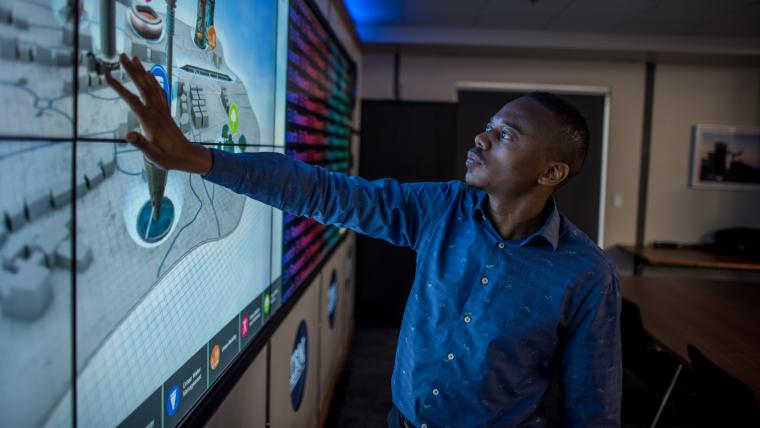
Tackling the covert crisis taking more lives than AIDS
Climate change gets all the attention, but don’t forget about air pollution – the world’s most dangerous environmental health risk. Overall, only high blood pressure, poor diet and smoking are worse for humans. But unlike those further up on the list, there’s no avoiding it: the World Health Organisation reports that 92% of us live in areas where the air is unsafe. And with a 2016 study by the World Bank and Institute for Health Metrics and Evaluation revealing that air pollution causes more deaths than both malaria and AIDS, Tapiwa Chiwewe is leading a team of South African scientists dedicated to solving this covert crisis.
Zimbabwean-born Chiwewe studied at the University of Pretoria, where he earned a PhD in Computer Engineering. During his time at the academic institution he served as a junior lecturer and researcher, while simultaneously working as a software developer. Chiwewe later moved on to full-time computer engineering, followed by an extended stint with South Africa’s Council for Scientific and Industrial Research (CSIR). With an abundance of experience in the technology sector, he was recruited by IBM Research in 2015, where he now heads up an air-quality forecasting project.
In collaboration with the CSIR, the project is being driven by IBM’s Green Horizons division and makes use of the company’s cutting edge technology, including algorithms that enable machine learning. Currently under trial in Johannesburg, the system harnesses historical and real-time data from environmental monitoring stations to assess air quality, as well as ground-level ozone to determine which pollution prevention methods are effective. This exciting new technological leap in the field of urban conservation has the potential to influence political policies on the regulation of industrial pollution and city planning, and contribute towards the building of a more sustainable, safer South Africa.
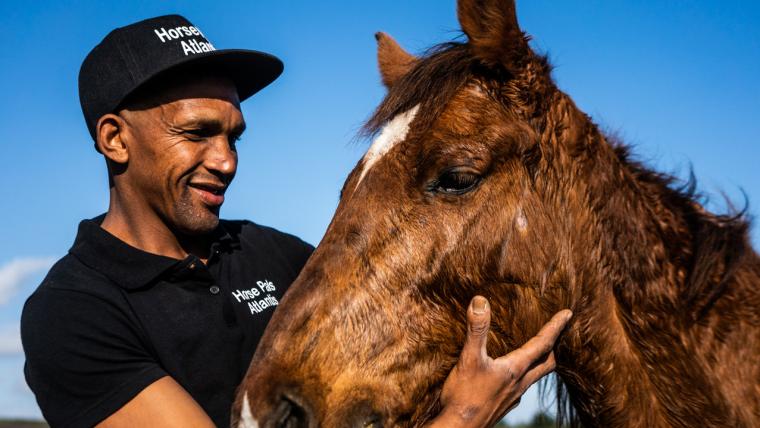
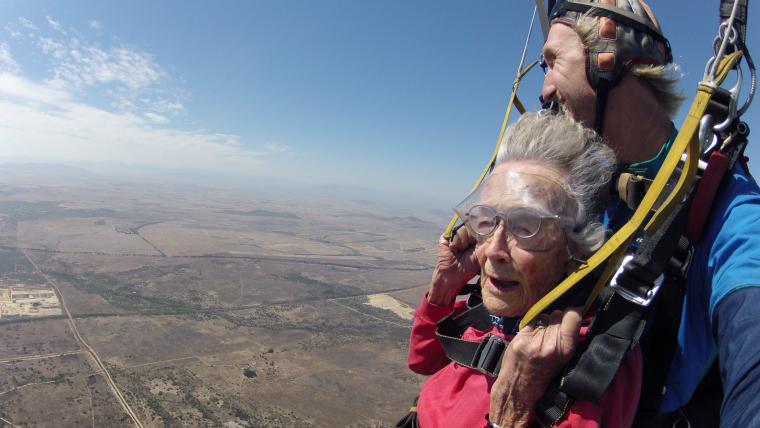

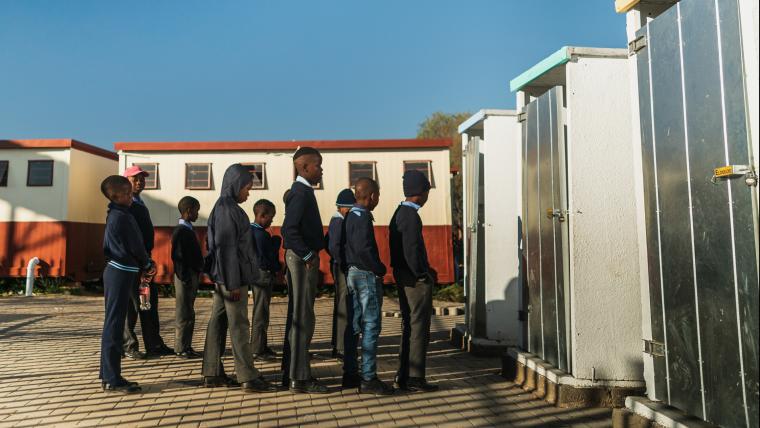



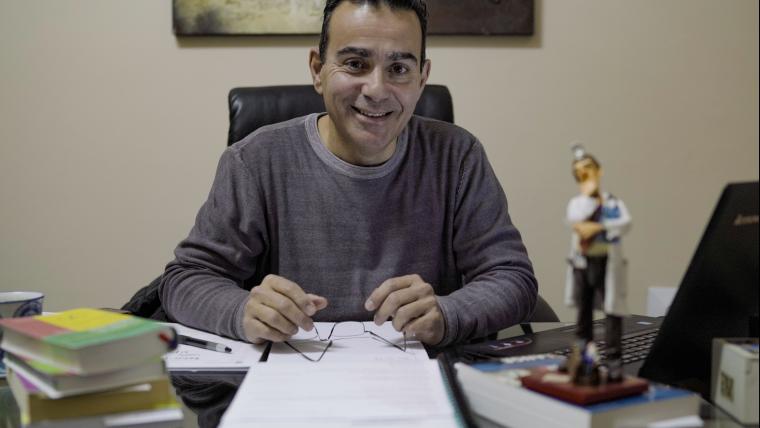

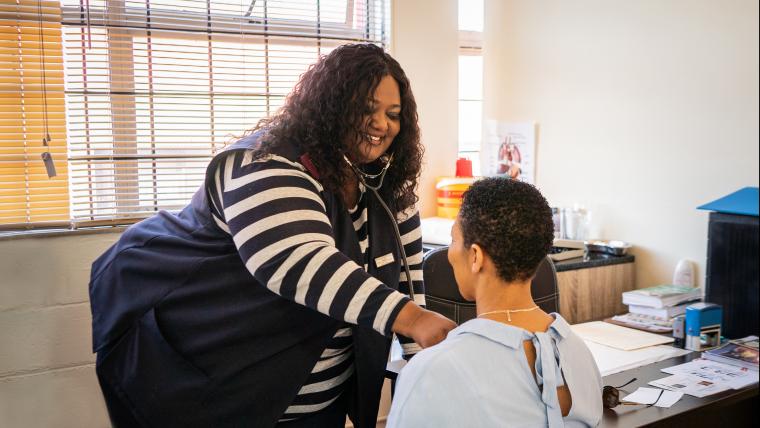




















Please sign in to leave a comment